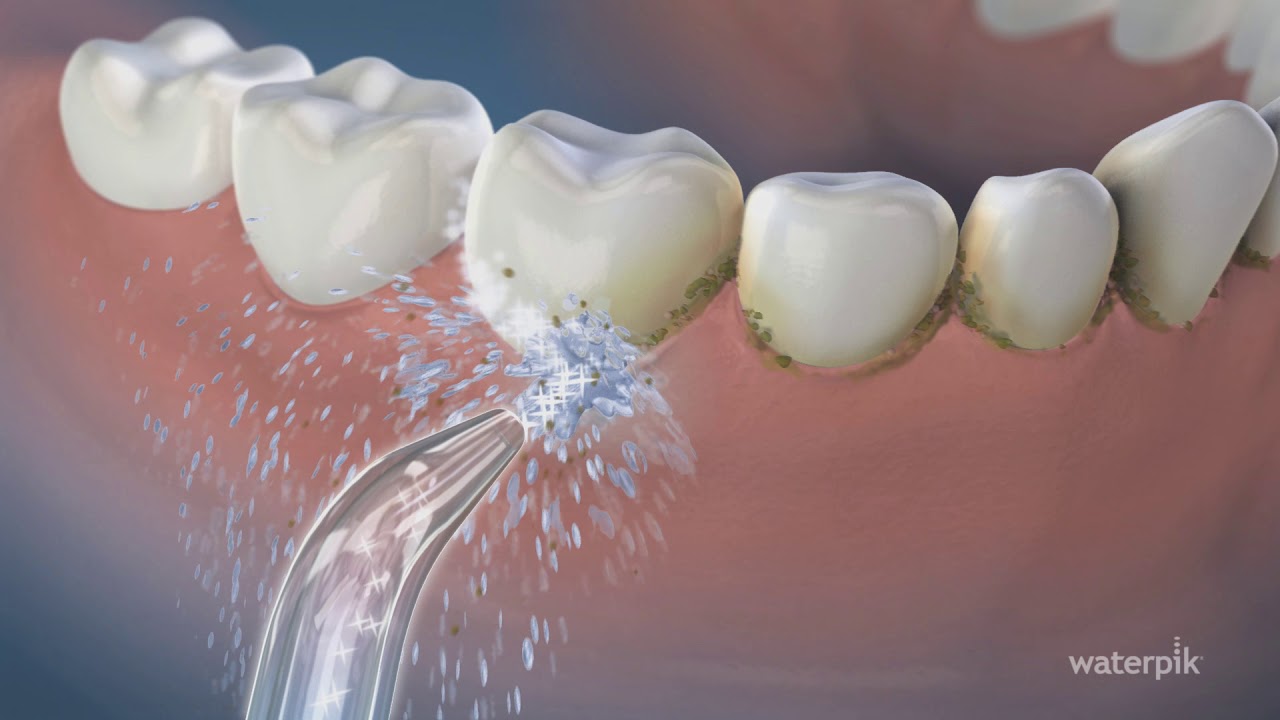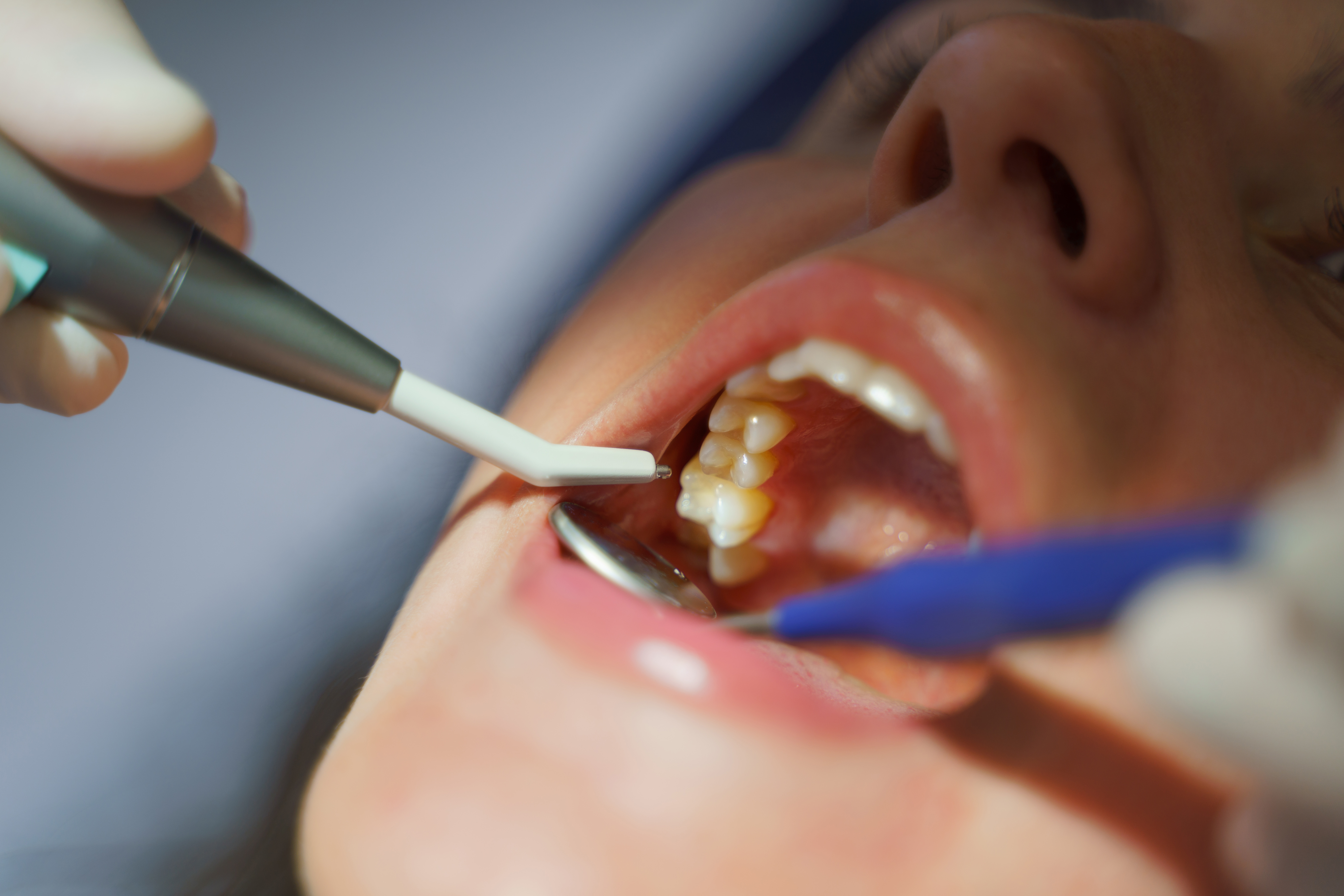Why Do I Keep Getting Food Stuck in My Teeth?

Do you find yourself constantly picking food out of your teeth after meals? It’s not just annoying. If left unresolved, it could indicate an oral health issue or lead to one. Whether it’s popcorn kernels, stringy veggies, or bits of meat, food getting stuck in your teeth can be frustrating and sometimes even painful. But why does this happen, and what can you do about it?
This post covers common reasons food gets stuck in your teeth, the possible consequences, and practical solutions to keep your smile comfortable and healthy.
What Causes Food to Get Stuck in Your Teeth?
Food getting stuck in your teeth isn’t always a random occurrence. There are a variety of reasons this might happen, and understanding why is the first step to fixing the issue.
1. Gum Recession
Over time, your gums may start pulling away from your teeth, exposing a larger surface area near the tooth’s root. This creates small gaps, or “black triangles,” between your teeth where food can easily lodge. Gum recession is usually a result of aging, gum disease, or brushing your teeth too aggressively.
2. Tooth Decay
Cavities don’t just hurt; they can also act as little traps for food. If you have untreated tooth decay, the interior surface of the cavity isn’t sealed off, making it easy for food to sneak in and get stuck.
3. Improper Dental Work
If you have dental restorations like fillings or crowns that don’t align properly with your other teeth, they can create hard-to-reach pockets or edges where food and debris accumulate.
4. Misaligned Teeth
Crooked or crowded teeth can create tight spaces and overlapping areas where food becomes trapped. It’s no surprise that orthodontic issues often lead to more food problems.
5. Aging Effects
As you age, your teeth naturally shift and wear down, creating new spaces for food to stick. Additionally, gum recession tends to progress over the years, making the problem more pronounced.
Why Is This a Problem?
While it might seem tempting to ignore food particles stuck in your teeth, doing so can have consequences. Leaving food lodged in tricky spaces can irritate your gums, leading to swelling, redness, or infection. Over time, this trapped food can encourage bacteria that contribute to tooth decay, gum disease, or bad breath.
It’s also worth noting that some people develop the habit of constantly picking at their teeth, which can damage gum tissue or wear down tooth enamel over time. Addressing the issue promptly is the key to maintaining good oral health.
Simple Solutions for Removing Stuck Food
If you feel food caught between your teeth, it’s important to remove it gently to avoid harming your gums or teeth. Here are some tried-and-true methods you can use at home:
1. Floss It Out
Flossing is one of the simplest ways to remove stuck particles. Use dental floss or floss picks, and slide the floss gently back and forth between your teeth. Avoid snapping the floss into your gums, which can cause irritation or injury.
2. Rinse with Water or Mouthwash
Sometimes a good rinse is all you need. Swish water or an antiseptic mouthwash around your mouth to loosen smaller, less stubborn pieces of food. A warm saltwater rinse can also work to soothe irritated gums.
3. Try a Toothpick
Toothpicks can help dislodge stubborn food bits, but they should only be used carefully. Be gentle, and never force a toothpick into your gum line or between tight teeth, as this can cause damage.
4. Use a Water Flosser
A particularly effective option is adding a water flosser to your oral hygiene routine. Devices like water flossers use a pressurized stream of water to clean between your teeth and below your gumline, flushing out food particles, plaque, and debris from tight or uneven spaces. They’re especially helpful if you have braces, sensitive gums, or hard-to-reach areas, making water flossers a solid game-changer for maintaining a clean mouth.
Preventing Food from Getting Stuck
Prevention is always better than cure, and this holds true for food traps as well. Here’s how you can stop the issue before it starts:
Maintain Good Oral Hygiene
Brushing twice a day and flossing once daily is essential. When you keep your teeth and gums healthy, you minimize the likelihood of cavities, gum disease, and other issues that create spaces for food to get stuck.
Stay on Top of Dental Checkups
Regular dental exams and professional teeth cleanings every 6 months, ensure that any gum recession, cavities, or poorly fitted restorations are addressed before they create problems. Dentists can pinpoint small issues that might not yet be noticeable to you but could contribute to recurring food traps.
Eat Wisely
Avoid sticky or stringy foods that are prone to getting stuck in your teeth, such as caramel, dried fruit, or popcorn. While you don’t have to give these snacks up entirely, being conscious of problem foods and rinsing after eating them will save you some hassle later.
Address Gum and Alignment Issues
If you’re noticing persistent food traps due to gum recession or alignment problems, consult your dentist about corrective options. Procedures like gum grafting or orthodontic treatment can make a big difference in solving the root cause of the problem.

Why Food Traps Happen More as You Age
Age affects every part of your body, including your teeth and gums. Over time, your gums may naturally recede, and wear-and-tear can cause slight shifts in your bite. These small changes create new spaces for food to accumulate, especially if dental cleanings are neglected. Staying ahead with consistent care as you get older is crucial to preventing these common aging-related dental concerns.
When to See a Dentist
If you’re regularly experiencing discomfort from food getting stuck, it’s a good idea to consult a dentist. They can inspect your teeth for problem areas like cavities, gum recession, or improper dental work that need to be corrected. You don’t have to live with the frustration of constant food trapping!
At Lane and Associates Family Dentistry, our team is here to provide personalized solutions for your oral health needs, whether it’s offering expert cleaning techniques, recommending tools like water flossers, or fixing alignment issues.
Take Control of Your Oral Health
Food getting stuck in your teeth might seem like a small inconvenience, but it can signal bigger issues if left unchecked. The good news is that solutions are simple and accessible. By maintaining a solid oral hygiene routine, consulting a dentist for persistent problems, and using tools like a water flosser, you can keep your teeth clean and your gums healthy.
Don’t settle for the frustration of food traps or risk the consequences of ignoring them. Contact Lane and Associates Family Dentistry today to schedule an appointment or ask about our recommendations for keeping your teeth free of debris. Together, we can ensure your smile is as bright, healthy, and comfortable as possible!


